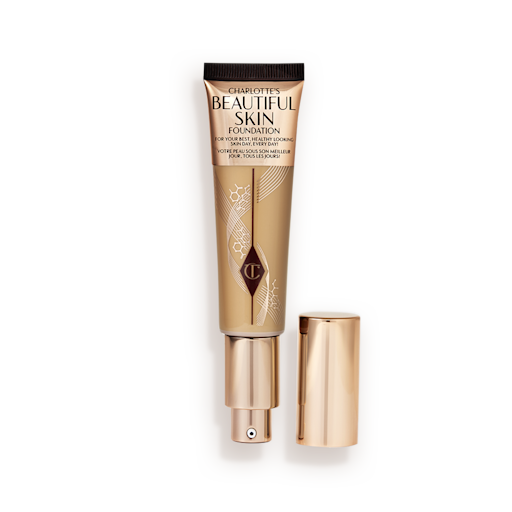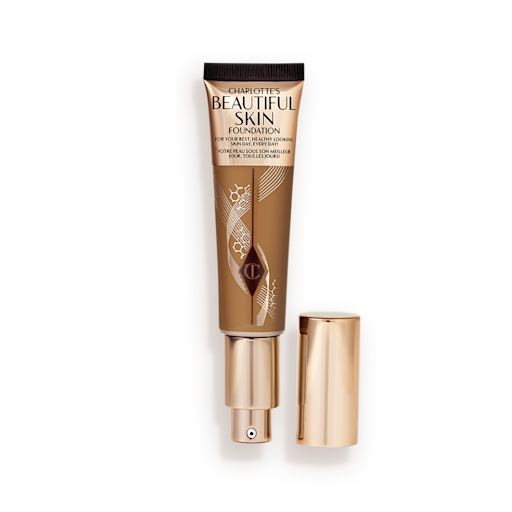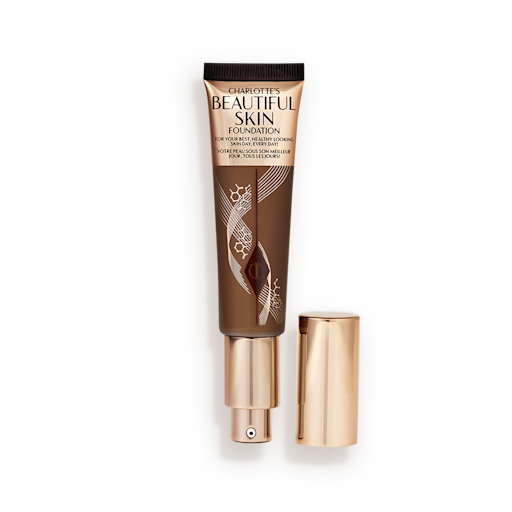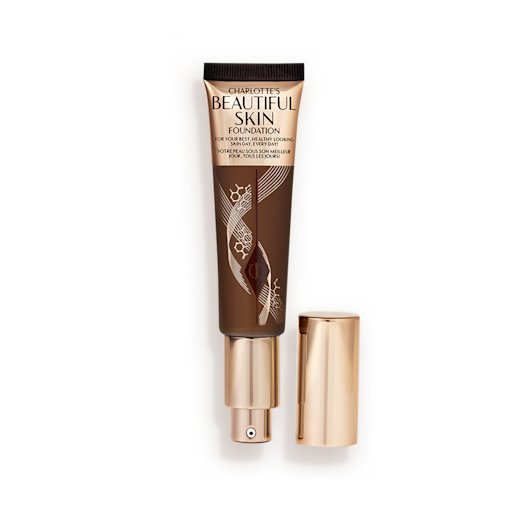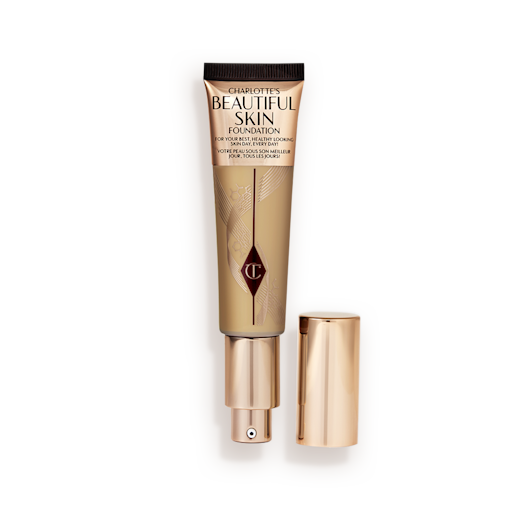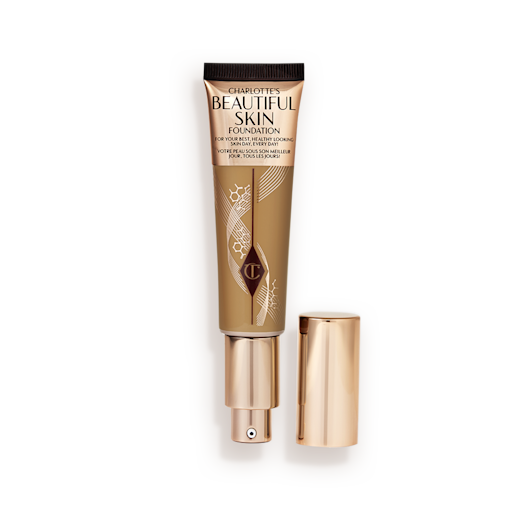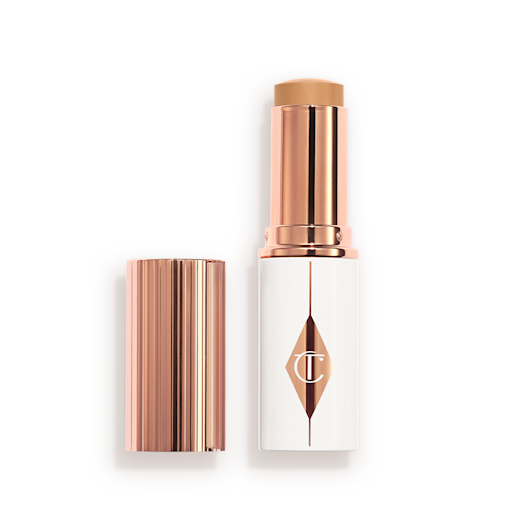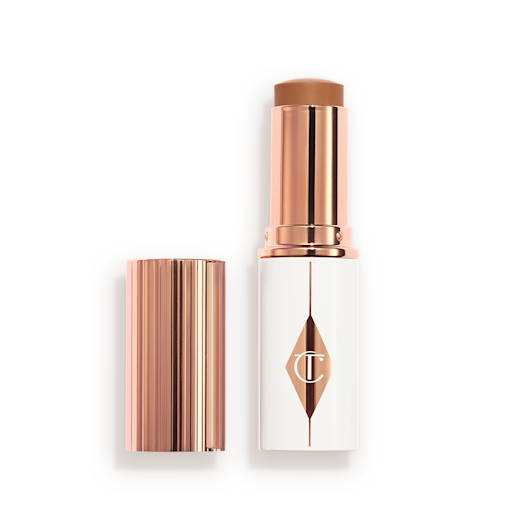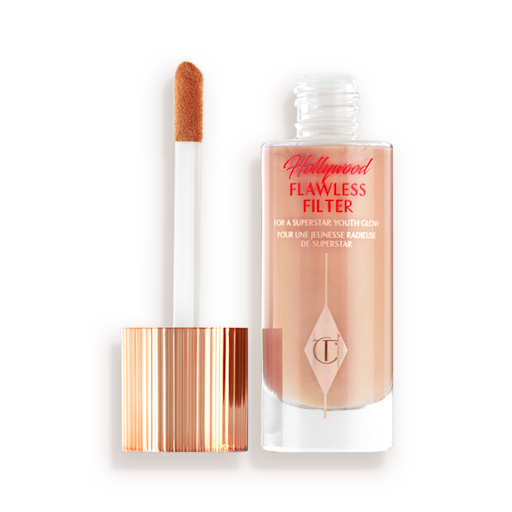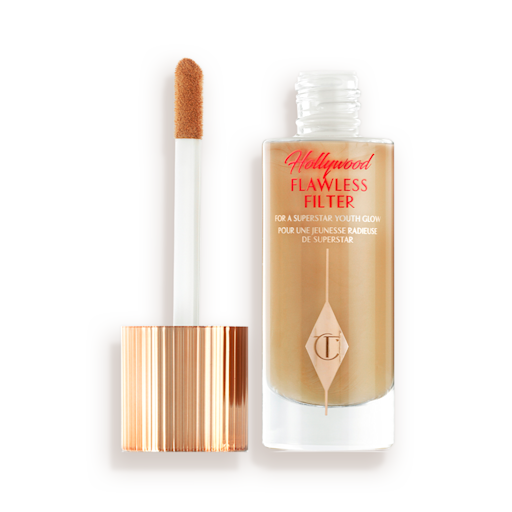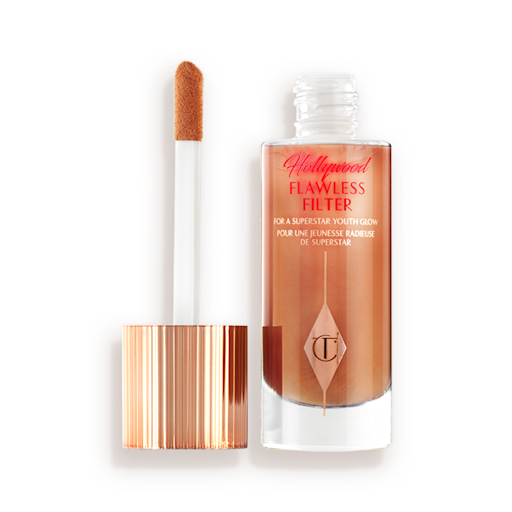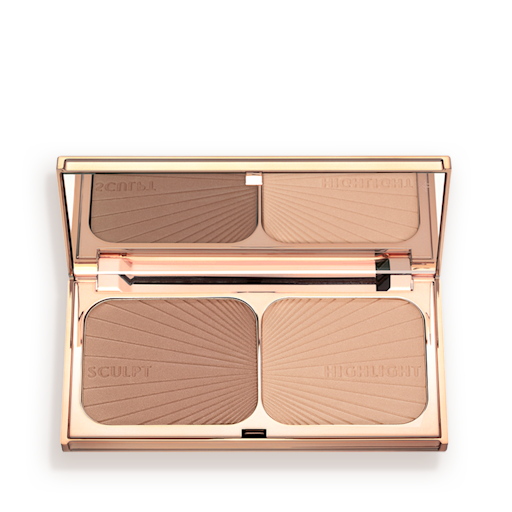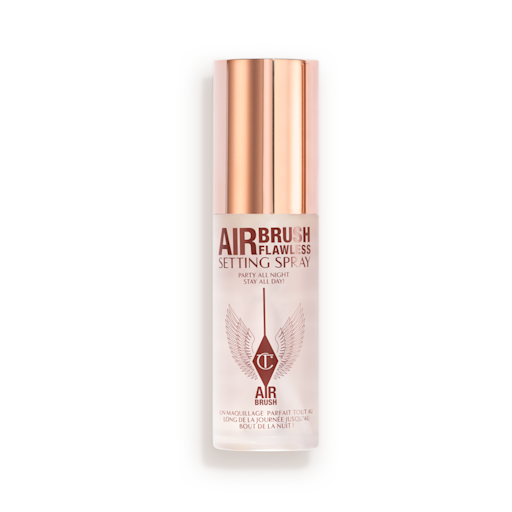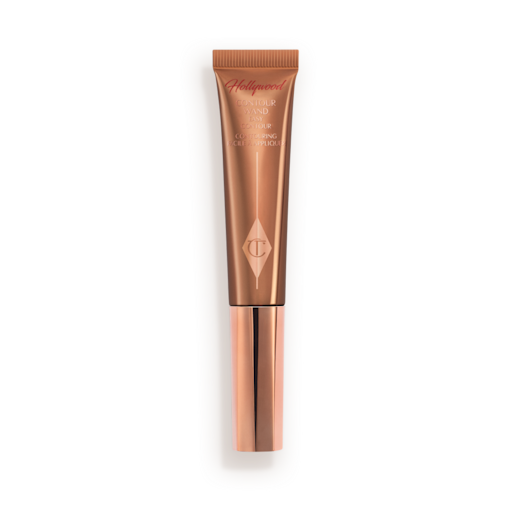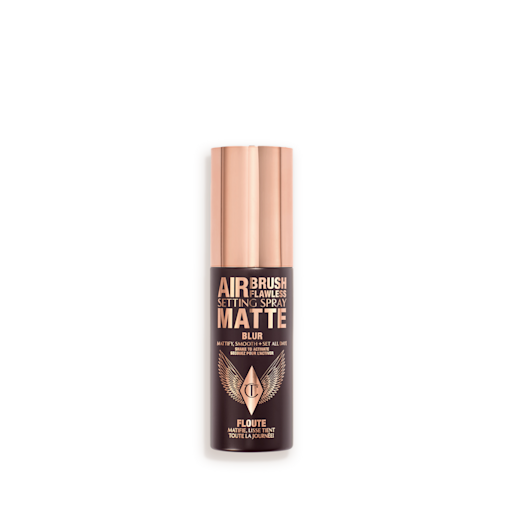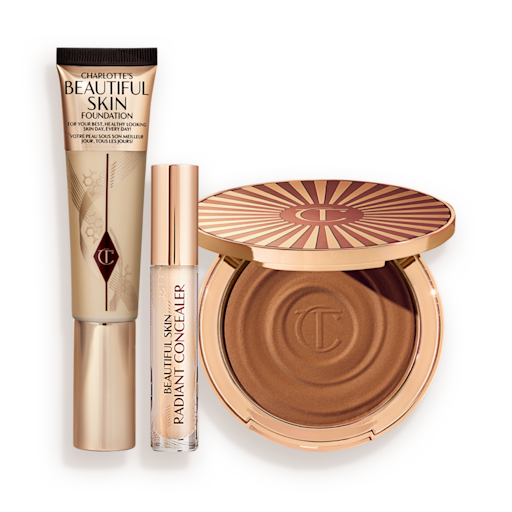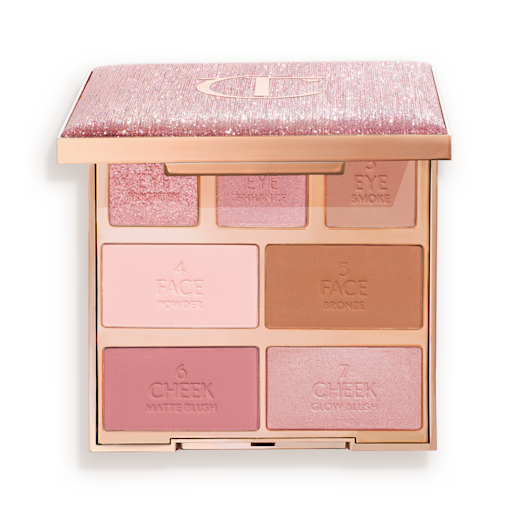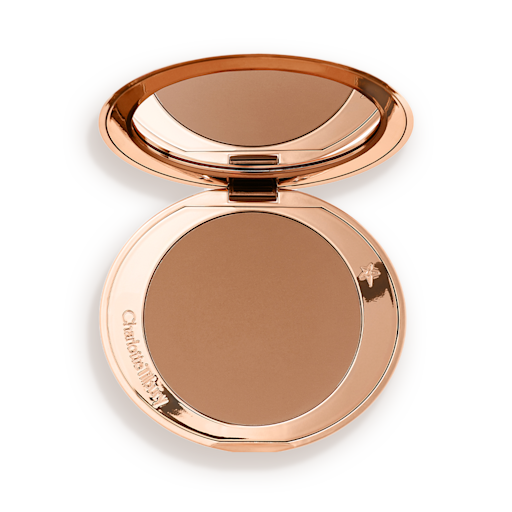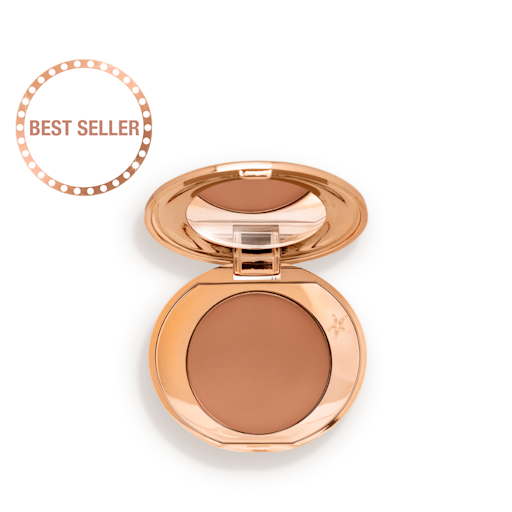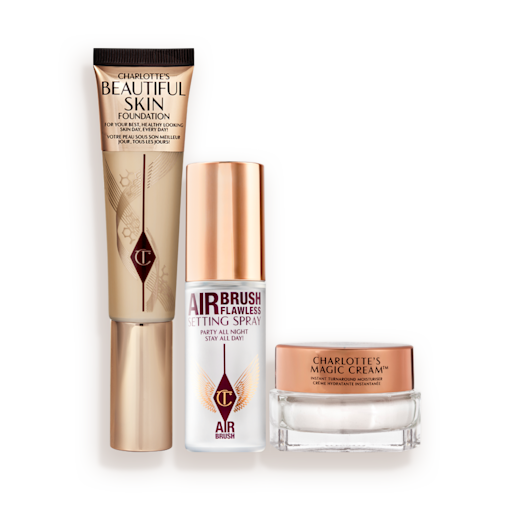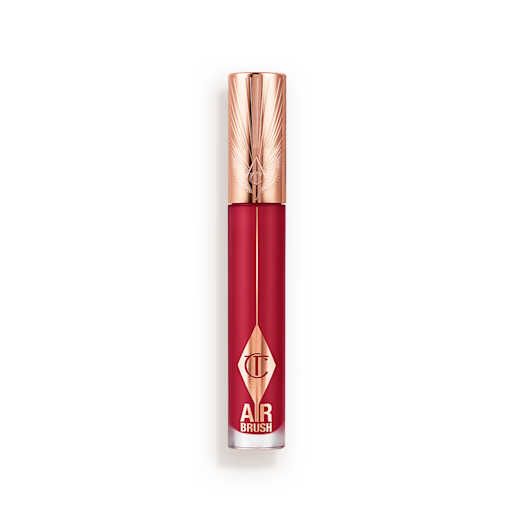Dos and don’ts when choosing the best for combination and oily skin
DOs
1. DO choose a hydrating foundation
Even oily skin types need hydration! Dehydration can occur on all skin types including oily and combination skin, so it’s important to choose a hydrating foundation formula that adds moisture back to the skin and won’t emphasise the look of dry patches or produce signs of dehydration like dehydration lines or skin dullness.
2. DO make sure your foundation is oil-free
A good way to minimise the amount of oil on your face is to choose skincare and makeup products that are oil-free. An oil-free foundation won’t add extra oil to an oily complexion which helps to avoid compounding more oils on top of the ones that oily and combination skin naturally produces an excess of.
3. DO choose a foundation with a matte finish
While glowy finishes can look beautiful on oily and combination skin, a matte foundation will be the better choice if you are concerned about applying foundation for oily skin. Matte finishes generally have less slip and set down to secure greater longevity on oil-prone skin. They also help to mattify the appearance of shine caused by excess oil while helping skin to look smooth, blurred, and poreless. I recommend a hydrating, natural-matte foundation like AIRbrush Flawless Foundation that hydrates and mattifies without looking heavy or drying.
4. DO reach for longwearing + self-setting foundations
If you want foundation to last all day on oily skin, be sure to choose a long-lasting foundation that will wear effortlessly without breaking down or separating. Excess oils can break down foundation and cause it to melt and slide around the face, so longevity is key when applying foundation for oily skin. Longwear foundations and self-setting foundations like AIRbrush Flawless Foundation are perfect for oily and combination skin that needs reassurance that foundation will stay all day and look flawless despite excess oil.
5. DO choose a buildable foundation
It’s a misconception that oily skin types can’t wear light-coverage foundations – the secret is to choose a buildable formula that layers nicely with powder and allows you to create a custom skin finish that fits your skin wish. Applying less foundation can help oily skin to look its best as there is less product for oils to disrupt! Focus a lightweight, buildable foundation like Unreal Skin Sheer Glow Tint Hydrating Foundation Stick in areas where you require coverage, then layer longwearing concealer and makeup setting powder to make foundation last longer and look flawless.
DON’Ts
1. DON”T choose an oil-based foundation
Always check whether the foundation you are using is oil-based, darlings. Oil-based foundation on oily skin is oil + oil! Adding more oil onto your complexion with foundation will increase the amount of oily residue on your skin and can create an even shinier, oilier skin finish. There are plenty of water-based foundations on the market that bypass this extra oil – I recommend Charlotte’s Beautiful Skin Foundation for a super-smooth, natural-looking finish, or AIRbrush Flawless Foundation for a natural-matte, full-coverage effect!
2. DON”T choose foundations with ultra-dewy finishes
Dewy-finish foundations can look gorgeous on oily and combination skin and when paired with long-lasting complexion makeup like setting powder and setting spray they can have an impressive wear time too. However, the nature of a dewy foundation is to look almost wet on the skin which can create an oil slick look on oily skin. They also have more slip than matte foundation which can make them more inclined to slip and slide around an oily complexion. To get a dewy look on oily skin, I recommend a natural-looking, light-coverage dewy foundation like Unreal Skin Sheer Glow Tint Hydrating Foundation Stick that’s powdered down with AIRbrush Flawless Finish and set in place with AIRbrush Flawless Setting Spray.
3. DON”T skip makeup powder
Powder is a must-have for oily and combination skin types! Your foundation will always look smoother and last longer when you have set it into place with face powder, especially if you are prone to excess oil. Powder is a beauty trick for minimising unwanted shine; blurring the look of pores; and setting makeup into place – just tap a light veil of AIRbrush Flawless Finish onto your face with my Powder & Sculpt Brush to help secure a flawless foundation look for oily and combination skin.
Tilbury Tip: If you want certain areas of your face to look more dewy, try focusing powder only in the areas where you feel you need it such as under the eyes, around the mouth, and in the T-zone.


















































